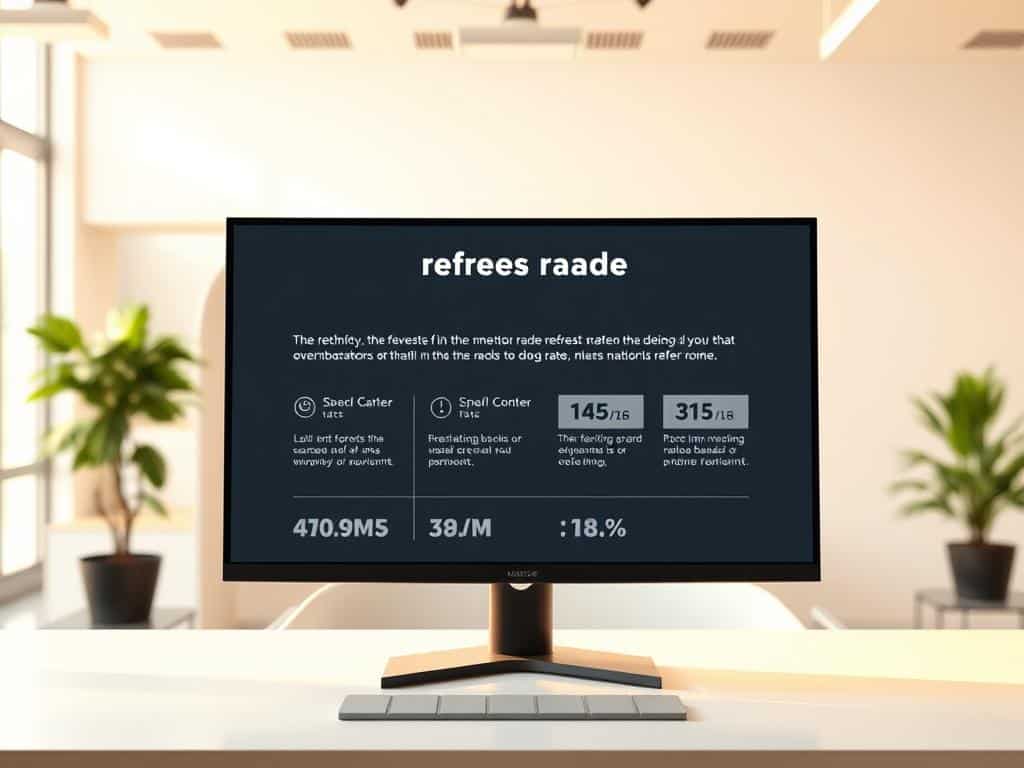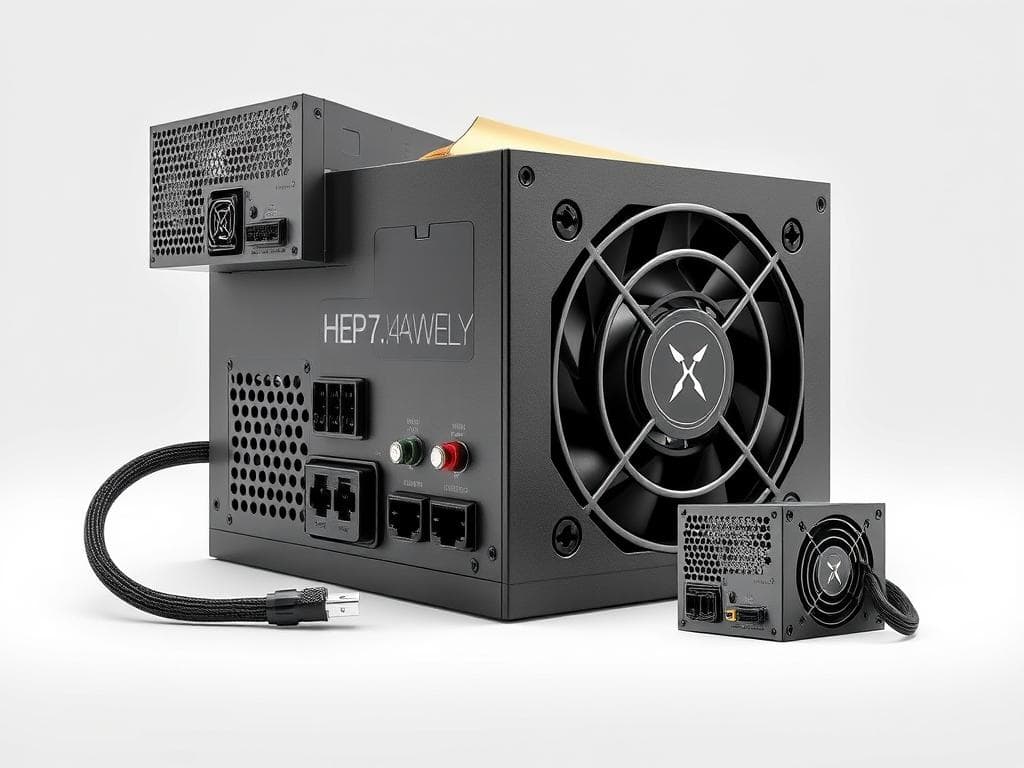Did you know monitors can have refresh rates from 60Hz to 500Hz? This wide range affects how we see things, more so in games. Let’s compare 60Hz, 144Hz, and 240Hz to see why refresh rate matters.
Higher refresh rates mean less lag, making games feel more real. For casual users, 60Hz is enough. But for gamers, the right refresh rate is key to a better experience.
Key Takeaways
- The refresh rate ranges from 60Hz to over 500Hz, affecting usability.
- Higher refresh rates generally improve image smoothness and reduce input lag.
- For gaming, monitors with at least 144Hz enhance responsiveness and visual clarity.
- Casual tasks typically require less refresh rate; 60Hz suffices for regular use.
- Understanding your primary use case is key in picking the right refresh rate.
Understanding Monitor Refresh Rate
Knowing the definition of refresh rate is key for better monitor performance. It’s measured in Hertz (Hz), showing how often a display updates its image. Most monitors today range from 60Hz to 240Hz.
A 60Hz monitor updates its image 60 times a second. On the other hand, a 144Hz monitor does it 144 times, making visuals smoother.
What is Monitor Refresh Rate?
A monitor’s refresh rate affects how smooth motion looks on-screen. It’s different from frame rates, which are about how many frames a device can show. Higher refresh rates, like 144Hz and 240Hz, offer better visuals.
These monitors make fast-paced content like gaming or videos clearer and more dynamic.
How Refresh Rate Affects Image Perception
Refresh rate greatly impacts how we see images. For gamers, going from 60Hz to 144Hz can change the game. It reduces motion blur and makes action smoother.
This makes it easier to focus on fast-moving objects. High-refresh-rate monitors also reduce eye strain during long use.
How Refresh Rate Affects Monitor Performance
A higher refresh rate doesn’t just make images look better. It also makes the monitor more responsive. 144Hz monitors have less input lag, which is great for fast-paced games.
A survey shows 75% of gamers think refresh rate is important when picking a monitor. Choosing the right refresh rate is key for the best performance and visuals.

Comparing 60Hz, 144Hz, and 240Hz
Choosing a monitor means knowing about refresh rates. A 60Hz monitor is okay for everyday tasks but not great for gaming. Higher refresh rates, like 144Hz and 240Hz, offer smoother visuals and better gameplay.
Understanding the benefits of each refresh rate helps match the right monitor to your needs.
Benefits of a 60Hz Monitor
60Hz monitors are good for simple tasks like browsing the web and editing documents. They update the image 60 times a second, with very little lag—about 16.67 milliseconds. This makes them perfect for tasks that don’t need fast frame rates.
Most modern TVs and monitors use this refresh rate, making them great for everyday use.
Advantages of 144Hz Monitors for Gaming
144Hz monitors are a big win for gamers. They offer smoother action and less motion blur. These monitors update every 6.94 milliseconds, with a maximum lag of just 8.33 milliseconds.
This makes games feel more real and competitive. It’s a great choice for many gamers looking for a balance between performance and cost.
Why Choose a 240Hz Monitor?
240Hz monitors are for those who want the best refresh rate. They update 240 times a second, with very little lag—just 4.16 milliseconds. This is perfect for the future of gaming, as it will work with the latest GPUs.
While they cost more, the benefits for competitive gamers are worth it.
Conclusion
Choosing the right refresh rate is key to better monitor performance, whether for gaming or work. For everyday use, a 60Hz monitor is often enough. It offers a smooth experience.
But for gamers, 144Hz and 240Hz monitors are better. They cut down on input lag and give a competitive edge in fast games.
When deciding between 144Hz and 240Hz, my needs guide my choice. 240Hz monitors have quicker response times, perfect for serious gamers. But, cost and extra features also matter in my decision.
Technology keeps advancing, and there’s more to consider than just refresh rate. Input lag, response time, and sync technologies like G-SYNC and FreeSync matter too. Finding the right refresh rate can make a big difference in my monitor use, fitting both performance and budget.



